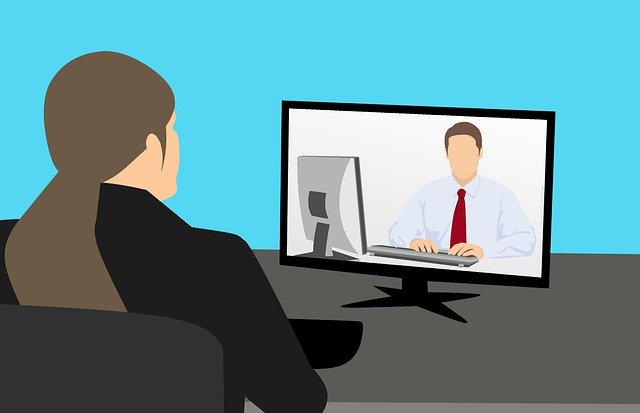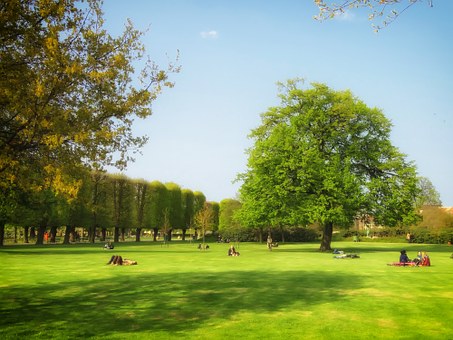The COVID-19 pandemic has caused many more people to seek the help of mental health professionals. Technological advances and the prevalence of telemedicine are also making it easier for people to participate in therapy.

Dr. Jaymie Albin, a New York City-based clinical psychologist, CBT practitioner, and yoga instructor says that many of the stress management techniques people used before corona are not available to them, compelling those in need to seek professional intervention. The app Talkspace, which connects clients to licensed therapists via text and video calls, has seen user growth double since March.
Similarly, Dr. Albin says that the current trend of using Zoom and other interactive platforms is making people feel more comfortable about talking to a therapist. According to Albin, whereas some patients might have once been loathe to be seen walking into a therapist’s office, now they can talk to the right person from the comfort of their own home. Albin insists that in some cases, and for some patients, it makes the entire thing a lot less nerve-wracking.

Albin also reports that an immediate result of prolonged isolation has spurred a swell in the therapy industry. In a turbulent economy, Albin says, it is not uncommon to see a decline in therapy-seekers; people view mental health as a luxury. But when economic realities are coupled with extended periods of social isolation, health uncertainties, and extreme stress, most people find the time and resources to devote to their emotional and psychological states.





